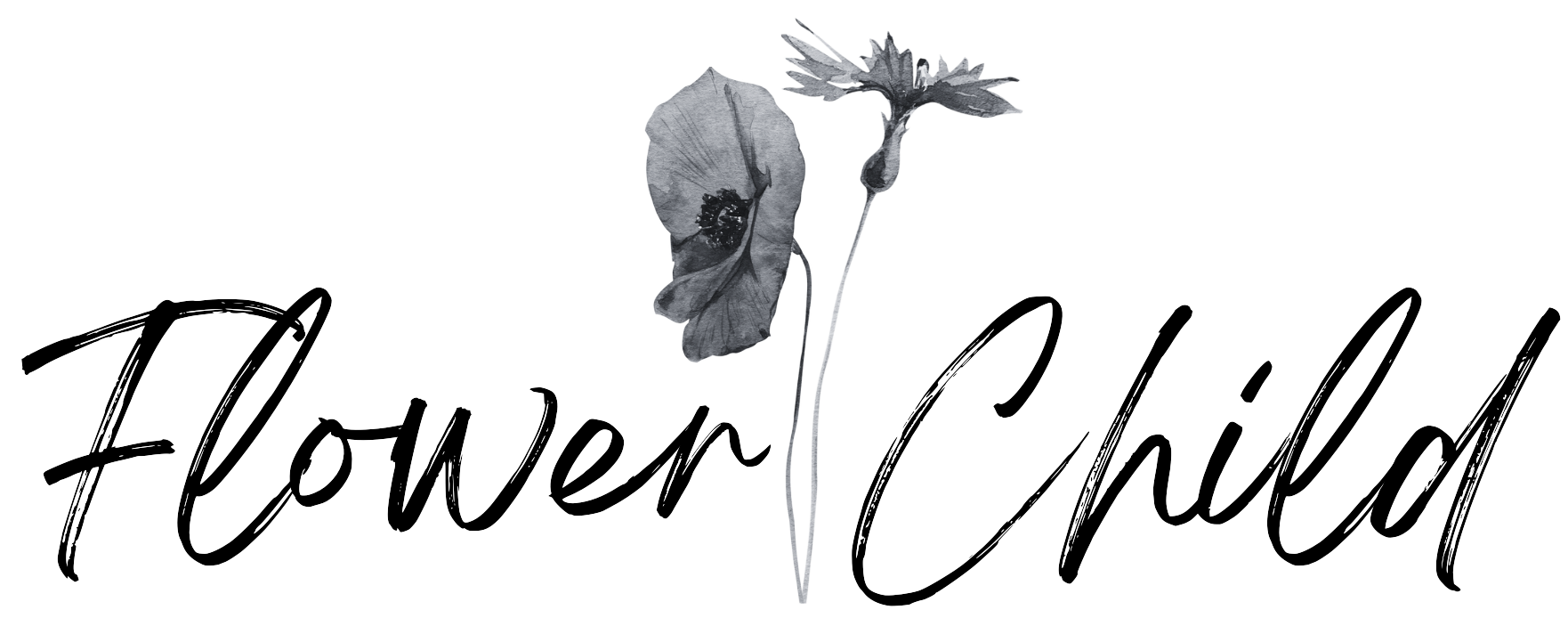
Okay, so as I have discussed in past posts, I often use invasive species in my garden designs for the simple reason they multiply fast and cover a large expanse in very little time.
For me, there are great benefits in gardening with invasive plants such as campion, ox-eye daisies, or even woodruff. Having a plant that will take hold quickly and multiply all on its own is something I use as a tool when designing my gardens.
Generally, invasive plants are cheap, readily available, and low maintenance so they are the perfect ingredient for a low-budget garden.
From Poppies and Snowberry to Lady’s Bedstraw and Cornflower my gardens have an endless list of species known for their invasive characteristics.

Often people will control the spread of these plants by removing spent blooms and not allowing the plant go to seed.
I however do not have the time nor the diligence for that.
What I like to do is leave the plants do their own thing over winter.
Now, I’m not recommending this as the ideal approach as they will flitter the soil surface with their seed. This is what I like to look at at as feeding the birds.

Then, whatever seeds manage to strike and grow in the spring I simply uproot and allow them dry on the surface along with the rest of the weeds in the bed before I apply mulch.
If you choose this method of neglect be aware of the carpet of seedlings to expect in the spring. This is something I don’t mind taking care of and the shallow roots easily lift from the soil or brush away on a dry day.

Having said all of these positive things about invasive species there is one lesson I have learned the hard way.
Plants that spread by seed are my friend but plants that spread through a rhizome system can be dangerous.
Rhizomes are modified stems running underground horizontally. They strike new roots out of their nodes, down into the soil. They also shoot new stems up to the surface out of their nodes.

In 2018 the cottage garden was planted up and the main plants in the design were Shasta Daisy and Yellow Loosestrife (Lysimachia vulgaris). Both of these are invasive species which meant it would allow the garden to reach maturity at a much faster rate than traditional planting.

What I did not anticipate however was that within two years the border would become so compact with roots that the plants began to choke and the entire planting depleted.
So, at this stage, the plants were dwindling as they continued to multiply and so we began removing them from the soil bit by bit.

A lot of elbow grease and a pickaxe got the majority of the roots from the ground. It was a heart-breaking task to have to dig up an entire garden that had only been planted two years previous.
We replanted a small amount of the Shasta daisy which we thin out regularly to ensure the past is not repeated. I attempted to remove the loosestrife completely which meant sorting through every inch of the soil ensuring no rhizome was left behind.

However, the loosestrife returns. Here and there, throughout the bed, it continues to show it's head no matter how hard I try to eradicate it.
The lesson I have learned from this is to be aware that you are committing to a rhizome plant for life when you decide to add it to your garden...
...unless you grow it in a planter, but I guess I hadn't considered that option!
Gardening with invasive plants can be very effective as long as you do it right. You need to stay on top of your maintenance if you want to keep things under control but don't let a plant being listed as invasive stop you from enjoying it in your garden.

If you love the plant, add it in!
A garden is a place of creativity and experimentation so don't let the rules hold you back.
Don't be afraid to paint outside the lines and design your garden in a way that brings you joy!








